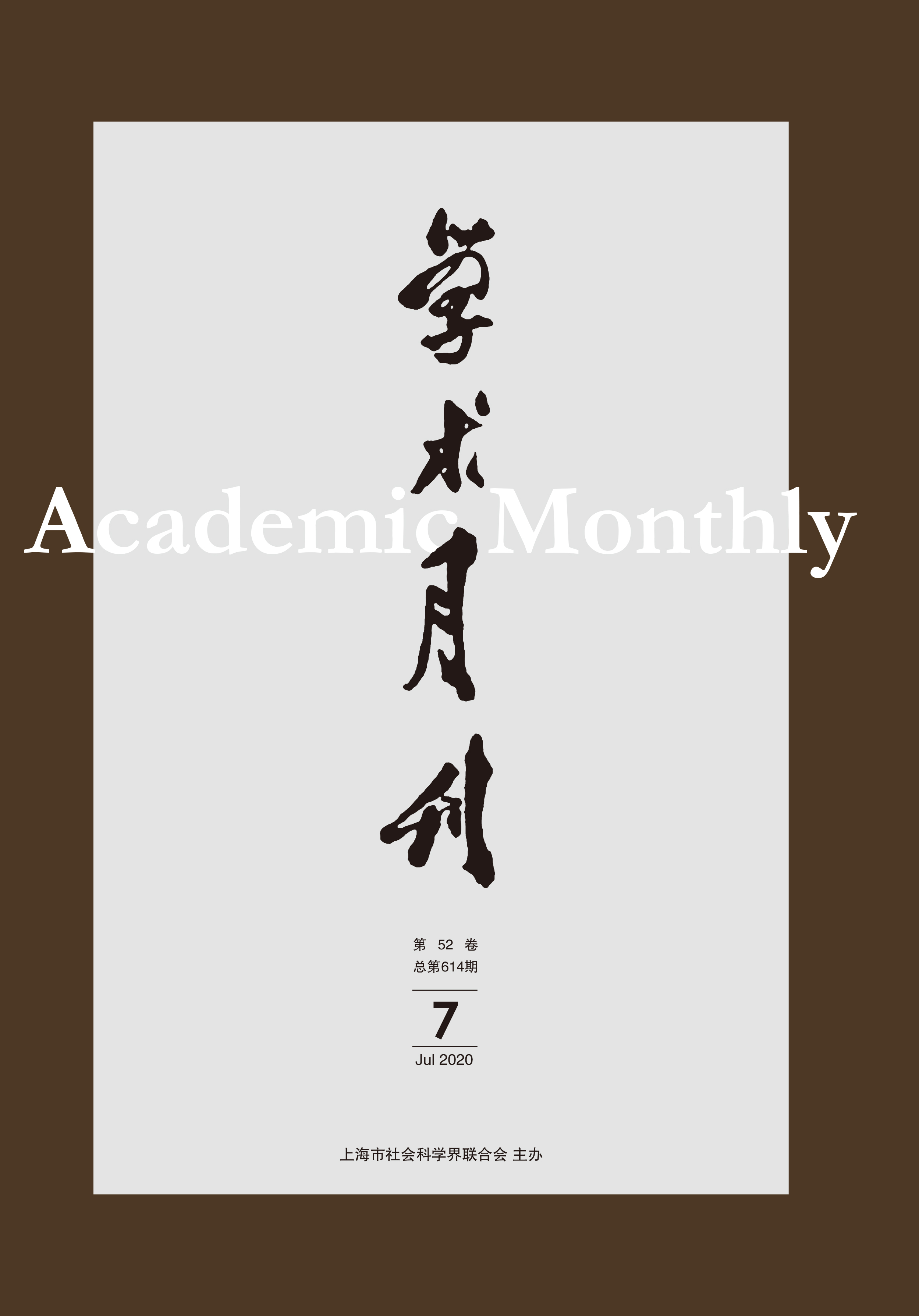Citation:
Yongle ZHANG. The Transoceanic Travelling of the Monroe Doctrine[J]. Academic Monthly, 2020, 52(7): 105-125.

The Transoceanic Travelling of the Monroe Doctrine
-
Abstract
In its global travelling from its place of origin, the language of the Monroe Doctrine was generally applied to the “supra-national” regional space and even the global space. Surprisingly, it was widely used in the “sub-national” contexts in modern China, and gave rise to a unique discourse of “provincial Monroe Doctrine”. At the turn of the 19th and the 20th centuries, influenced by the “Asianism” in Japan, Chinese elites in Japan discovered a contagious Chinese sentence structure “X is X for X (ans)”, as an intermediary link for the Monroe Doctrine to be applied to the supra-national, national, and provincial levels, and finally produced an anti-Manchu discourse of “provincial Monroe Doctrine”. In the fragmented political situation after the 1911 Revolution, the language of Monroe Doctrine became the discursive weapon of local power against the central government and other hostile provincial powers, and exerted a certain influence in the federalist movement in the early 1920s. However, with the start of the National Revolution in the 1920s, the Monroe Doctrine has increasingly become a negative vocabulary associated with warlordism and objection to national unification. Going through layers of interpretation and reinterpretation, the symbol Monroe Doctrine finally played a significant role in the state-building and constitutional reform in modern China.
-

-
References
-
Access
-
-
[1]
An CHANG
. “Interior” and “Exterior” of the Text of the Chinese Constitution. Academic Monthly,
2020, 52(12): 79-96.
-
[2]
Junnan LAI
. The Debate of Centralization and Decentralization in Late Qing Sichuan: Take the Establishment of the Taxation Bureau as a Start Point. Academic Monthly,
2019, 51(8): 89-105.
-
[3]
. . Academic Monthly,
2016, 48(05): 121-132.
-
[4]
. . Academic Monthly,
2016, 48(03): 66-79.
-
[5]
. . Academic Monthly,
2017, 49(04): 93-103.
-
[6]
Licheng QIAN
. Memory Studies: Beyond the Nation State and Cosmopolitan Frameworks. Academic Monthly,
2021, 53(11): 132-139.
-
[7]
Yuan HAN
. Feminism and Nationalism: Women and the National State in the Anti-Japanese War Red Classics Novels and Its Screen-adaptations. Academic Monthly,
2019, 51(4): 139-148, 173.
-
[8]
Jitong LIU
. The Social Construction of “Social Welfare Consensus” in China and the Goal of Modern Socialist Welfare State. Academic Monthly,
2022, 54(6): 73-84.
-
[9]
. . Academic Monthly,
2017, 49(02): 54-63.
-
[10]
Xiaoyang WANG
. Physicalism Is Not Equal to Physics-ism. Academic Monthly,
2020, 52(5): 15-29.
-
[11]
,
. . Academic Monthly,
2017, 49(02): 44-53.
-
[12]
. . Academic Monthly,
2016, 48(04): 40-53.
-
[13]
. . Academic Monthly,
2016, 48(06): 177-184.
-
[14]
Yonghua LIU
, Yufan SUN
. The Structure of Relational Presentism. Academic Monthly,
2023, 55(3): 126-139.
-
[15]
Wen ZHOU
. The Enlightenment of the Status Quo of the Right to the City in Western Countries to China’s Urbanization Construction. Academic Monthly,
2021, 53(8): 59-66.
-
[16]
Chenjun YOU
. The Basic State Capacity in the Construction of Rule of Law: From the Perspective of the Ability of National Identity Construction. Academic Monthly,
2020, 52(10): 89-99.
-
[17]
Liuhua ZHANG
. Inferentialism: Logic and Theory of Meaning. Academic Monthly,
2022, 54(5): 28-38.
-
[18]
,
,
,
. . Academic Monthly,
2018, 50(03): 5-32.
-
[19]
. . Academic Monthly,
2017, 49(02): 34-43.
-
[20]
. Theory and Application of Discretism. Academic Monthly,
2018, 50(03): 98-114.
-
-



 沪公网安备 31010102003103号
沪公网安备 31010102003103号 DownLoad:
DownLoad: